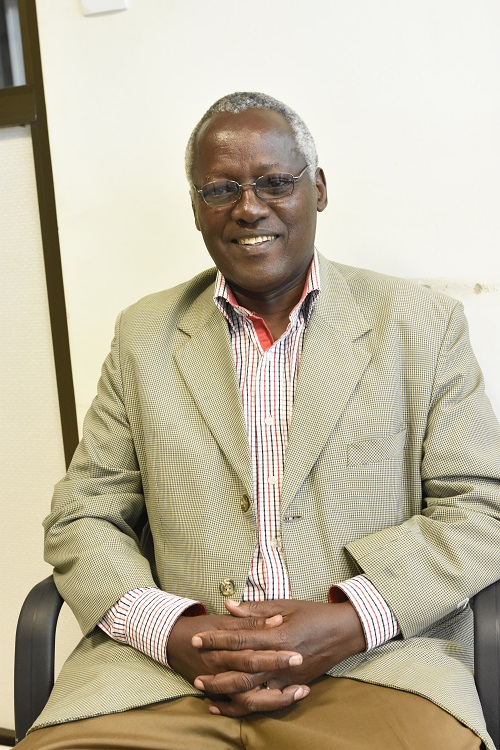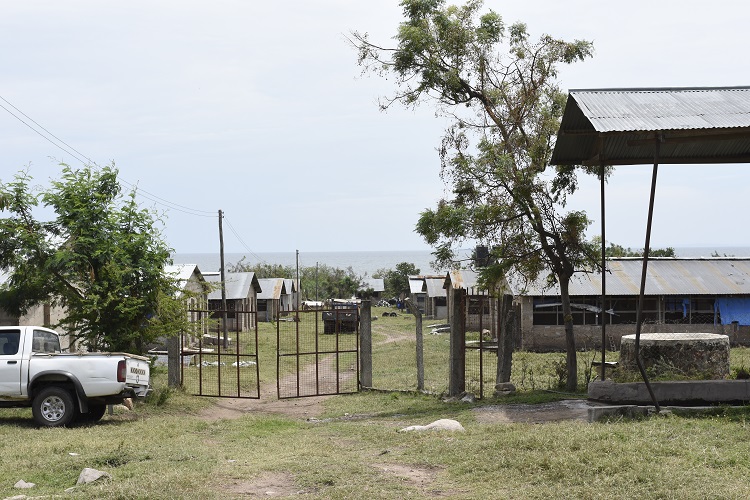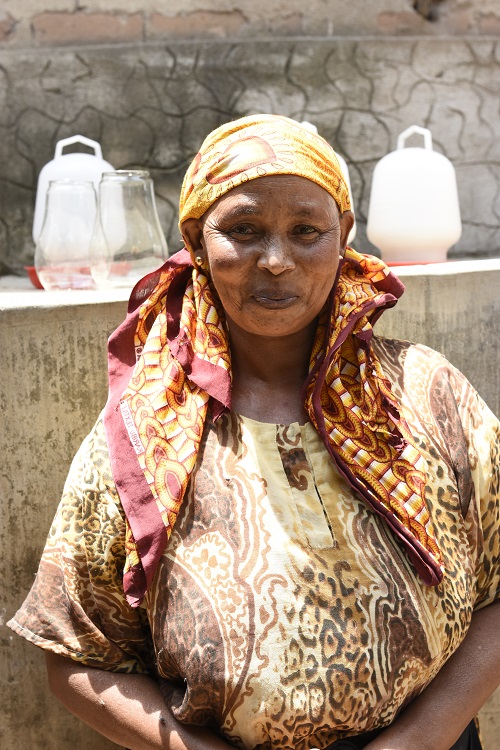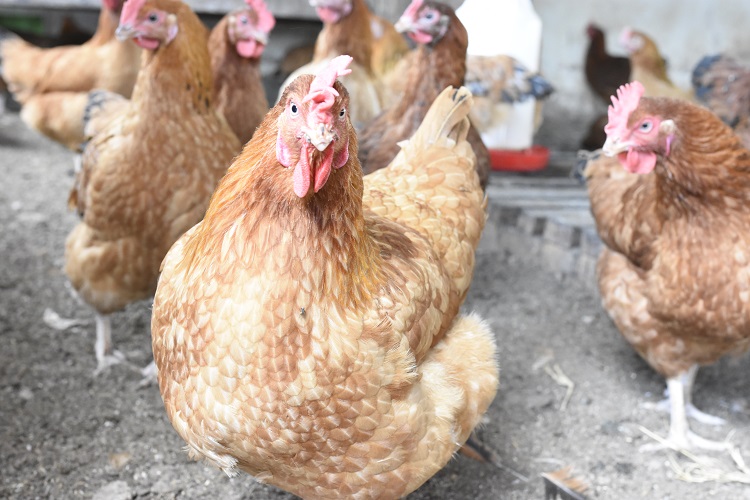Maize has traditionally been used as the main ingredient for animal feed in Tanzania, but frequent droughts and other effects of climate change have resulted in decreased yields which increase prices and competition as food for humans. Finding an alternative raw material for animal feed, as a cheaper partial substitute for maize, is becoming a crucial task for producers, farmers and feed manufacturers. CAVA2 has been collaborating with Misenani Agrovet Services Ltd on the development of a healthy and good-value poultry feed using cassava.


There are two important differences with traditional feed: firstly, the difference in price has a large impact on both poultry farmers and feed manufacturers, as cassava is much cheaper compared to maize. Dr Kivuyo mixes the right amount of cassava, which adds starch, and therefore energy to the feed, with the right amount of protein-rich ingredients. As a result, the cassava-mix feed offers a cost saving of about 25–30 percent. Secondly, chickens are enjoying the cassava feed more.

With no prior experience of buying cassava, Dr Kivuyo welcomed the advice from CAVA2 on market linkages. Around 300 farmers, mostly from Mwanza and Kagera regions, supply the cassava that Misenani needs to produce 10 tonnes daily of cassava-mix formulation. CAVA2 linked the farmers to middlemen who deal in chips for commercial flour and trained the farmers to process improved chips for poultry feed. CAVA2 then linked the middlemen to Misenani, completing the chain. CAVA2’s training on good agronomic practices helps to improve the cassava yields and profitability of farmers supplying Misenani.

The CAVA2 project ran from 2014–2019 with the aim of improving the lives of smallholder farmers across five countries in Africa: Nigeria, Ghana, Uganda, Tanzania and Malawi. Supported by the Bill & Melinda Gates Foundation, CAVA2 was led by Nigeria’s Federal University of Agriculture, Abeokuta (FUNAAB) and NRI. The project’s focus was to develop the value chains of cassava, the tropical root crop that’s a staple food for millions of people across Africa. Once harvested, the crop needs to be processed quickly, for fresh cassava roots begin to deteriorate 72 hours after harvest. Other challenges include increasing yield, managing pests and diseases, and transporting the bulky roots by road.